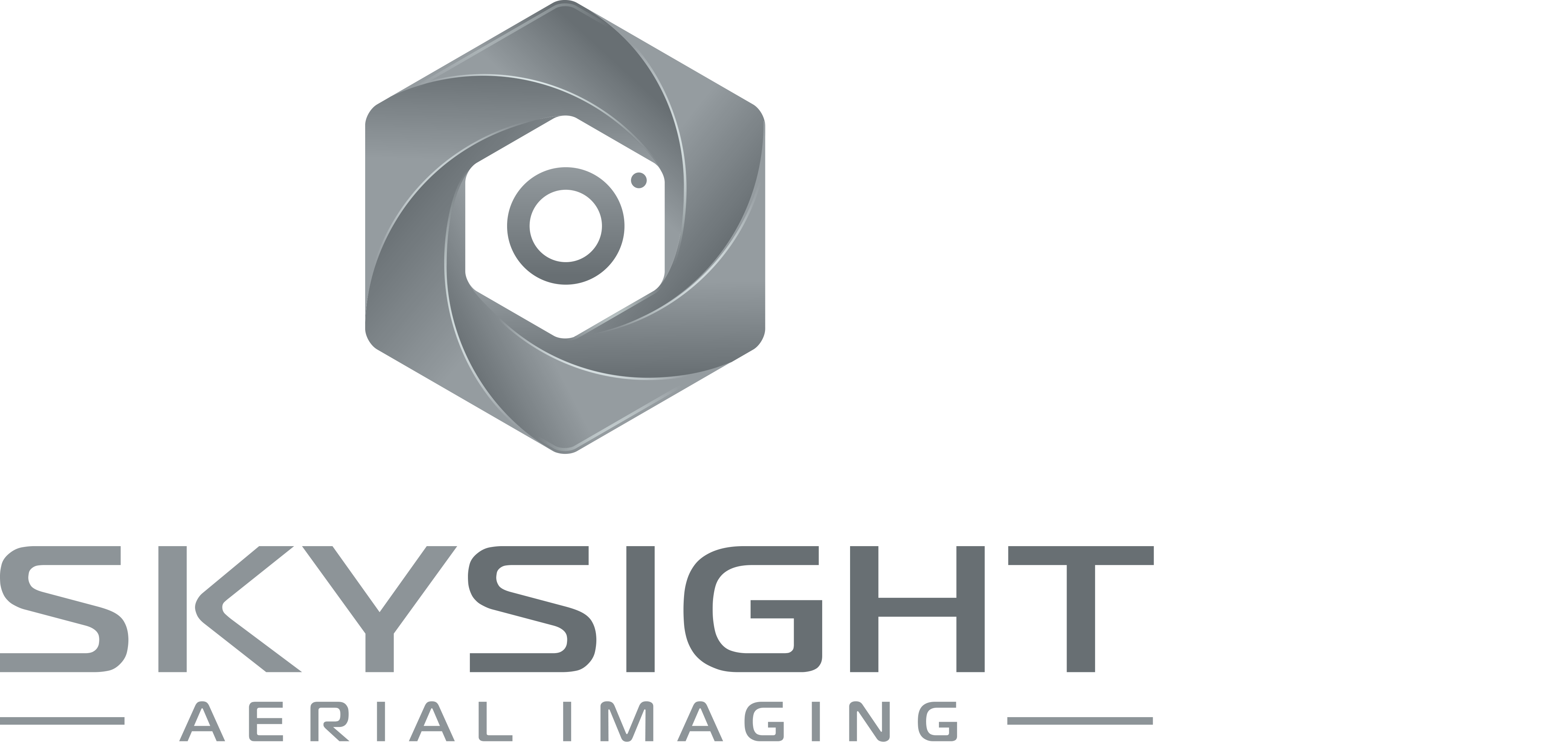From the Eyes of the Drone Pilot
Many believe that the quality and success of a photograph taken from a drone is largely dependant on the quality of the camera or the drone platform, or the second operator who points the camera in the right direction. While these are certainly key factors to getting a great shot, there is another important factor that is often overlooked – how the drone itself is flown. How the drone moves in the air, with the help of the operator, allows it to tell a story through the lens.
Drones, with their incredible ability to effortlessly lift into the air while carrying a camera, give us a very rare and horizon-broadening capacity to capture new images and bring innovative and creative ideas to fruition. This is all thanks to drones adding that allusive third dimension combined with their ability to climb up high in to the sky. That add-on of a third axis is not something we ground-dwelling humans are used to, so a real understanding and appreciation of that extra freedom is needed, especially when trying to get that magical shot rising above a building, a new house or beautiful mountain scenery.
Despite having many years of experience flying helicopters and drones, I only came to realise how important the way I fly the drone actually is when I started flying them in a team of professional photographers and videographers. For the past several years I’ve had the privilege to be part of the team at Skysight Aerial Imaging, and with their help I’ve learned to master the art of piloting a drone camera. Whilst I’ve had many years of flying experience prior to this, flying a camera drone was a new challenge that I was happy to accept and keen to master. I did this by learning to understand the importance of consistent flight paths, curves and arks, as well as the importance of maintaining the desired speed, and how integral each of these factors are in getting the best shot.
Flying and operating the drone takes at least two people, and although they are very different tasks, they must intertwine in order to get the right shot. Therefore, teamwork is another essential factor that contributes to a great image. Before a shoot I will be briefed by the camera operator about desired flight path and the motion they would like the camera to take while flying, and we will often land the drone after a shot is taken to review the footage while debriefing on the flight and the results we got. This briefing and debriefing process allows us to collaborate effectively and provides a solid foundation for the success of our work as well as helping us to improve the next flight and push our creative boundaries even further.
An example of this collaborative process might be that while the camera will be pointing slowly down and to the left, the drone will be flying quickly up yet very slowly to the right of the frame –giving the viewers a sense of lifting motion and size compression. This kind of shot is a result of understating each other’s task, and in turn how important it is to fly the camera in such a way where the lens is in the right spot at the right time to get that magical shot.




